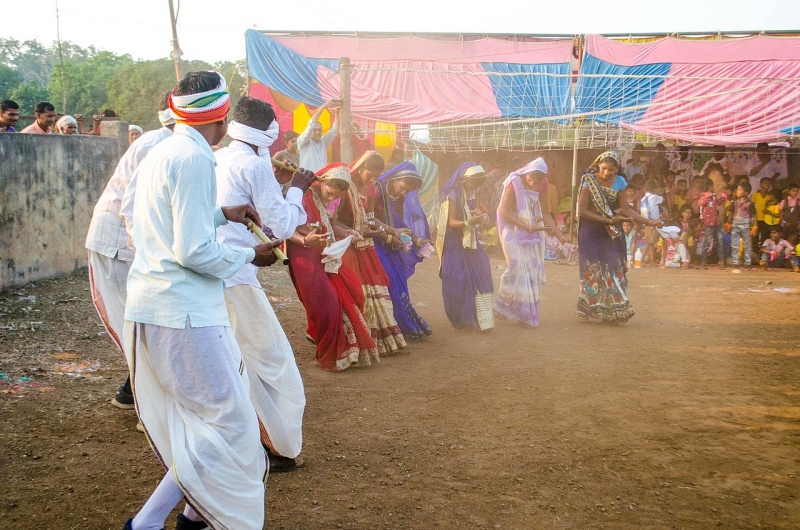Madhya Pradesh is home to 46 of India's recognized scheduled tribes, the country’s highest concentration. Tribals account for 21% of the state's population. Most of the tribal people colonize between the Narmada river in the north and the Godavari river in the south. Under this tribal belt, Satpura also comes and also comprises a rich tribal culture and population. Some of the major tribes who have colonized this landscape are the Korku, Bharias, and Gonds.
Korku- The Korku tribe is predominantly spread across Khandwa, Betul, Burhanpur, and Chhindwara districts. As compared to the Gonds, these are less dominant. The Language in which they communicate is Karku. They used to be hunters and gatherers mainly but now they are largely working as daily labour in the agricultural field. Along with the forest edges, they also have a bit of agricultural land. Also, fishing in the rivers is an integral part of their lives.
Bharias- The Bharias tribal community comes under the Particularly Vulnerable Tribal Community (PVTC). This tribal community is extensively safeguarded by tribal law. Their small community lives in Patalkot, Tamia in the Chhindwara district. They are still quite untouched by the rest of the modern world. The Entire settlement resides in a gorge in Patalkot. Their principal source of livelihood is gathering medicinal plants from the jungle.
Gonds- The Gond tribal community is mostly found in the country’s Central region. The Chhindwara and Betul district has their culture more intact. The language in which they communicate is “Gondi” but there is no script of their language. Due to the influences of Hindi and other languages, their language is slowly dying. Their economy is mainly based on cattle herding, agriculture and forest produce collections like Tendu leaf, Mahua flower, and more. Gonds have four sub-tribes namely Agariya, Pradhan, Ojha, and Nagarchi. The Main deity worshipped by the Gond people is the Badadev. The Crocodile Bark Tree or Saja is also worshipped as Badadev. Their artwork, murals, and paintings also carry a unique tradition.




